BLOG REVIEW – BLUEWATER YACHTS
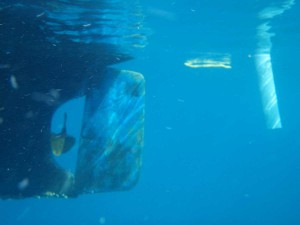 A recently completed review of 2500 blogs created by sailors around the world reveals a wealth of information about national preferences in the areas of
A recently completed review of 2500 blogs created by sailors around the world reveals a wealth of information about national preferences in the areas of
– boat type,
– boat size,
– choice of materials,
– boat age and value and
– the wider preferences of the sailors concerned.
What sailors consider to constitute the ideal yacht for bluewater voyaging seems to depend to a considerable extent on where they come from, suggesting that the way opinions are shaped and influenced – by coveted boats and by magazines and books – varies from place to place. Most sailors in the USA, for example, appear to have a completely different view of the ideal home for bluewater sailing to their counterparts in Europe: looking at the traditional yachts with long keel and protected rudder favoured by the Americans, one might at first be tempted to conclude time has been standing still in the land of opportunity!
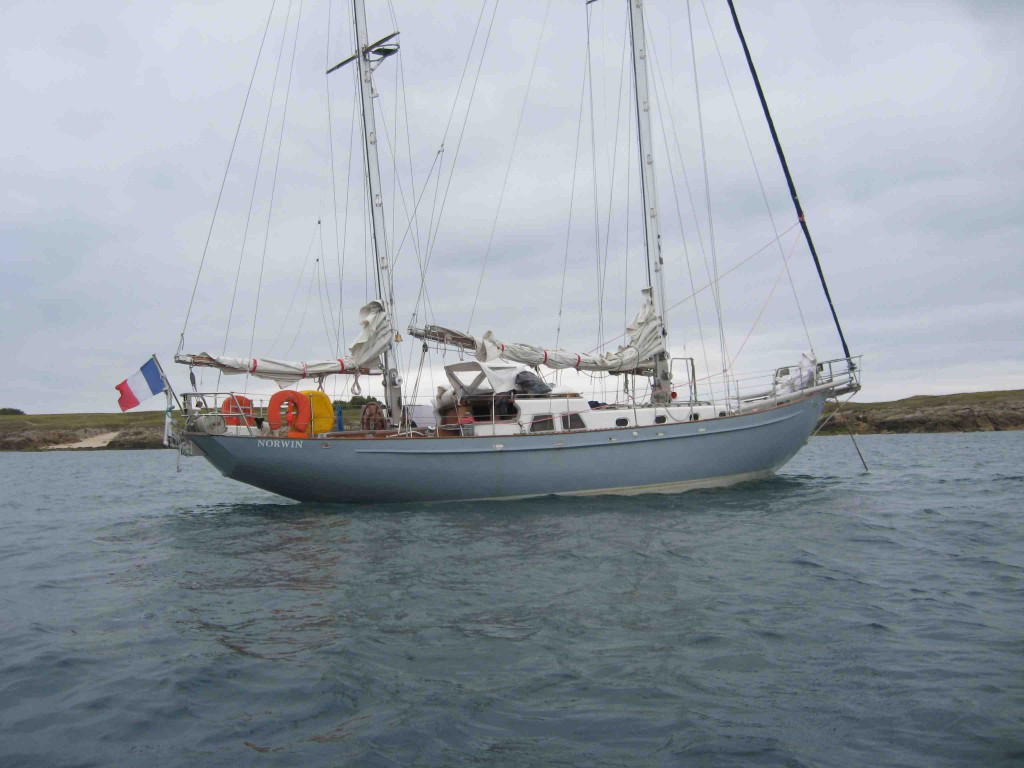 Why should this be so? One likely cause is role models, which differ greatly between the two regions. In the USA, the voice of experience from respected practitioners such as Amanda and John Neale, Liza Copeland, Nigel Calder, John Otterbacher, Beth and Evans Starzinger and Lynn and Larry Pardey carries enormous weight and countless sailors rely heavily on the advice of these bluewater stars in their boat-buying decisions and voyage planning. Virtually all of the well-known writers in the USA are active on the seminar circuit too, appearing in person to address and engage with their public at countless events across the country. Their activities afloat and ashore have elevated them to the status of idols for generations of sailors. Almost all of them publish their books themselves and sell them direct, moreover, telling it exactly how they see it and eluding the influence of the publishing houses, whose judgment can be clouded by the need to sell advertising space and a penchant – coincidental or otherwise – for overlooking the views of authors under contract to their rivals.
Why should this be so? One likely cause is role models, which differ greatly between the two regions. In the USA, the voice of experience from respected practitioners such as Amanda and John Neale, Liza Copeland, Nigel Calder, John Otterbacher, Beth and Evans Starzinger and Lynn and Larry Pardey carries enormous weight and countless sailors rely heavily on the advice of these bluewater stars in their boat-buying decisions and voyage planning. Virtually all of the well-known writers in the USA are active on the seminar circuit too, appearing in person to address and engage with their public at countless events across the country. Their activities afloat and ashore have elevated them to the status of idols for generations of sailors. Almost all of them publish their books themselves and sell them direct, moreover, telling it exactly how they see it and eluding the influence of the publishing houses, whose judgment can be clouded by the need to sell advertising space and a penchant – coincidental or otherwise – for overlooking the views of authors under contract to their rivals.
The situation here in Germany is strikingly different! It is comparatively rare for German sailors and authors to have such close contact, as the interests of the specialist press and publishing companies lie elsewhere. In Germany, public appearances tend to be first and foremost about selling books, while bluewater seminars are a commercial venture with ticket prices likely to keep the less committed sailor away. Such events serve principally to elevate the speaker rather than to facilitate dialogue with information-hungry sailors. The sort of presentations organised at boat show stands are also usually rather light on information: their main purpose is to capture and retain subscribers, so there is little opportunity to impart specialist knowledge and little time to share practical experience and guidance.
Looking back over many years it is apparent that well-known German authors tend to compile and market their acquired wisdom and expertise in book form rather than engaging their readers and disciples directly and entering into open discussion. The situation in the USA could hardly be more different: there, almost all of the leading writers come face to face with their readership in hundreds of freely-accessible seminars.
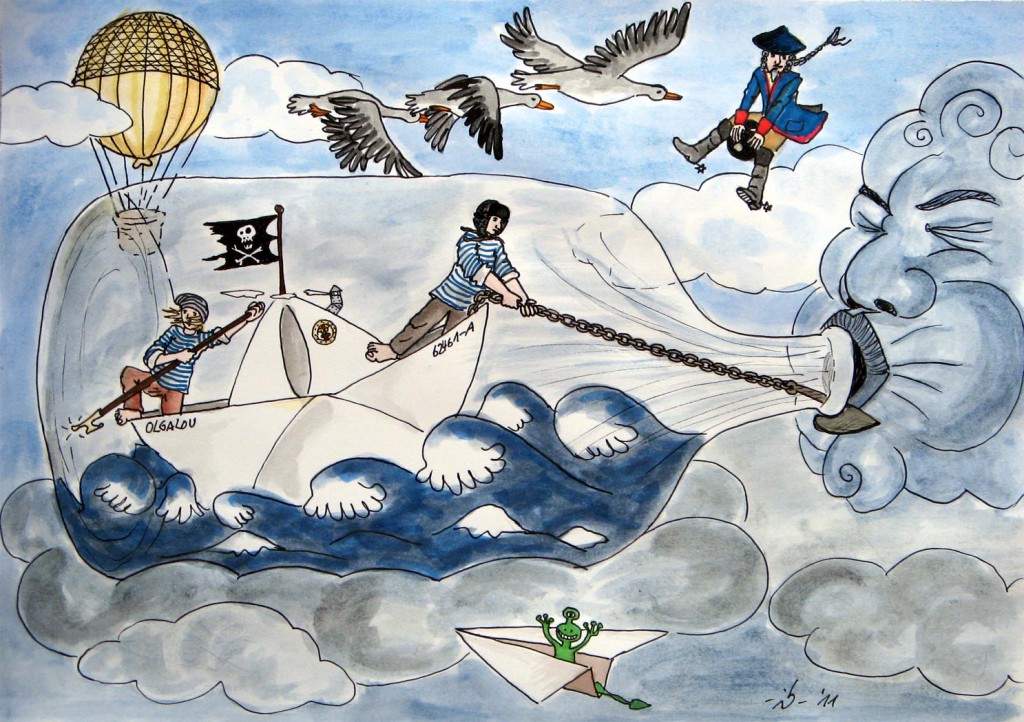 Readers in the USA regularly have the opportunity to pose direct questions to their sailor-authors, something we are very rarely able to do. But how does this affect sailors and the choices they make? Commercial interests rely on the marketing potential of the media, a dependency that has seen our specialist press gain considerable influence as the leading shaper of trends and developments. The press, of course, does not exist in a vacuum: it cannot live without its paying advertisers, potentially exposing it to a fundamental conflict of interests that an advertising-funded magazine, for example, will struggle to balance even with the best of intentions. Editors in these circumstances have a tightrope to walk if they are to convince readers of their impartiality!
Readers in the USA regularly have the opportunity to pose direct questions to their sailor-authors, something we are very rarely able to do. But how does this affect sailors and the choices they make? Commercial interests rely on the marketing potential of the media, a dependency that has seen our specialist press gain considerable influence as the leading shaper of trends and developments. The press, of course, does not exist in a vacuum: it cannot live without its paying advertisers, potentially exposing it to a fundamental conflict of interests that an advertising-funded magazine, for example, will struggle to balance even with the best of intentions. Editors in these circumstances have a tightrope to walk if they are to convince readers of their impartiality!
It is also noticeable that our German writers seldom produce technical articles for their publisher’s periodicals. Our best-known nautical writers occupy a different niche away from the hard grind of regular publication and appearances. They focus on bluewater sailing in the round rather than the minutiae of critical day-to-day reporting, which demands a finger constantly on the pulse. The fact that most of our successful authors seldom come face to face with their readership effectively limits the expert information available to the public to what we can find printed in the books we are offered for sale. And it does not take long to realise that in Germany at least, there are but a few judiciously selected grizzled authors and sailors with the standing to hold forth on the topic of the ideal bluewater yacht.
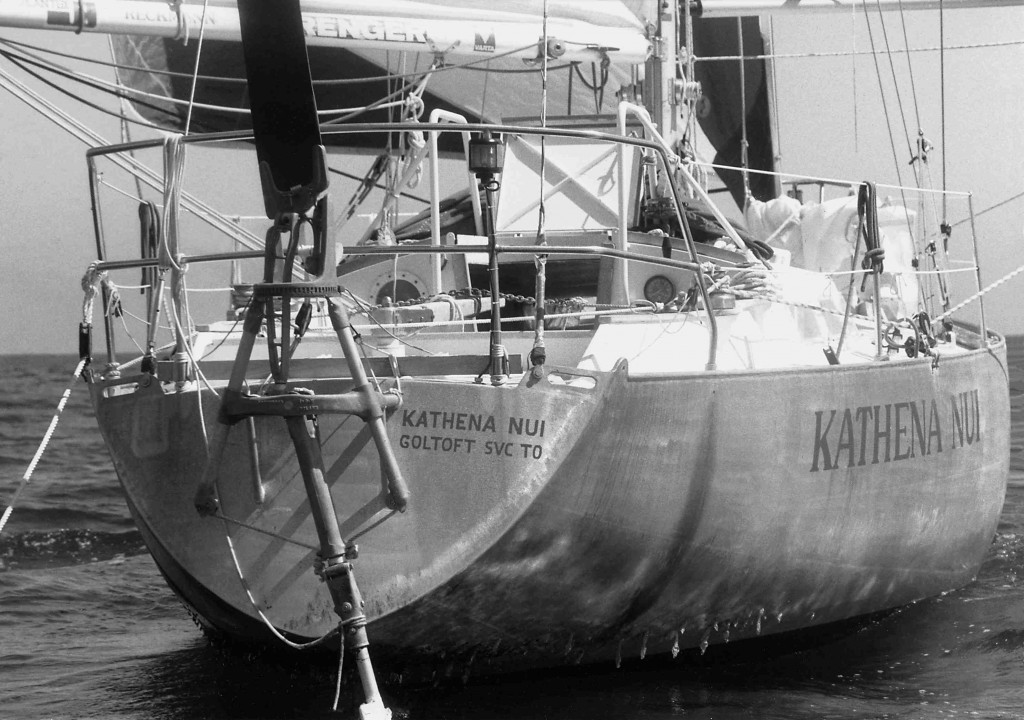
One who certainly does qualify for this small group is Wilfried Erdmann, whose views on what constitutes the ideal boat – and endearingly stubborn defence thereof – have left a lasting impression. Most of our authors, however, show less conviction on this subject, perhaps because they have sailed relatively few different types of craft in their time or, as the case may be, because having once reached a decision, they have never come to reconsider. These then are the resources to which potential bluewater sailors turn for guidance with their own choices – or not. There is only so much information one can draw through the eye of a needle – and the consequences are visibly wide-ranging!
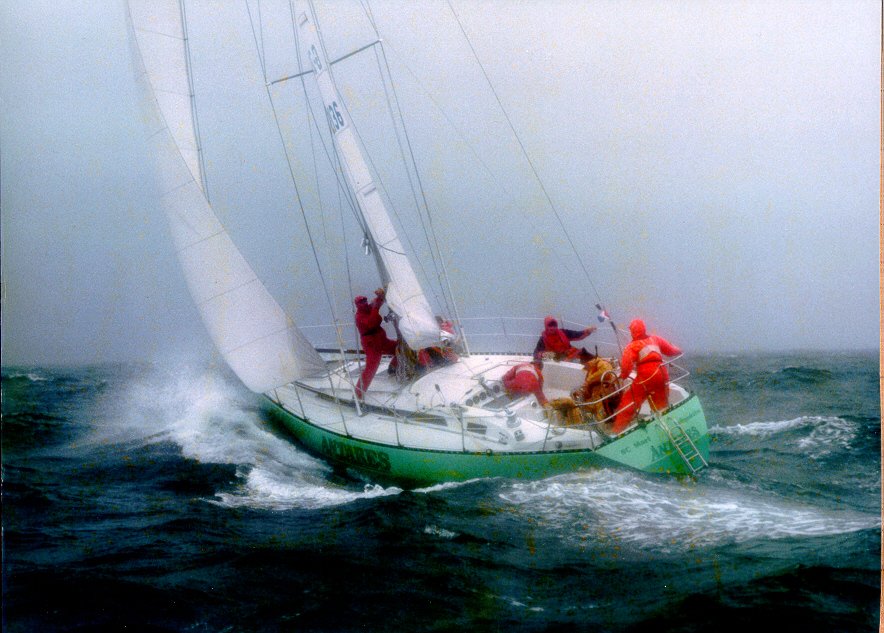 It does nothing to help matters that many of the stars in the firmament of German nautical authorship are known primary for books based on a single voyage, which, inevitably, cannot hope to provide the breadth of experience of life at sea available to those who have voyaged more widely and under more varied circumstances. The conflicting interests of the publishing houses also need to be taken into account again here: a steady supply of new books for birthday and Christmas presents every year is essential to keep the accountants happy.
It does nothing to help matters that many of the stars in the firmament of German nautical authorship are known primary for books based on a single voyage, which, inevitably, cannot hope to provide the breadth of experience of life at sea available to those who have voyaged more widely and under more varied circumstances. The conflicting interests of the publishing houses also need to be taken into account again here: a steady supply of new books for birthday and Christmas presents every year is essential to keep the accountants happy.
There are so few German authors who really have sufficient knowledge and sufficiently diverse experience to give meaningful opinions and recommendations as to the strengths and weaknesses of different types of yacht that the word of this select group can easily assume the status of unquestionable fact (it is noteworthy in this connection that Adlard Coles’ book Heavy Weather Sailing continues to sell very well in Germany). Couple this with the way the yachting press so fervently and consistently proclaims the suitability of the new boats currently on the market for bluewater sailing and it is no wonder that the fleet of modern performance cruisers continues to grow steadily among long-distance cruising sailors. Would-be bluewater yachtsmen and –women seeking advice on the best type of boat for their needs are pushed and pulled in all directions.
Advertising, as we all no doubt appreciate, works on several levels: traditional-style vessels of proven seaworthiness, for example, are easily pigeonholed as “new classics”, the subtle implication being that their time has passed. This marketing sleight of hand, I believe, has no basis in fact and does a disservice to members of the seafaring community with bluewater aspirations.
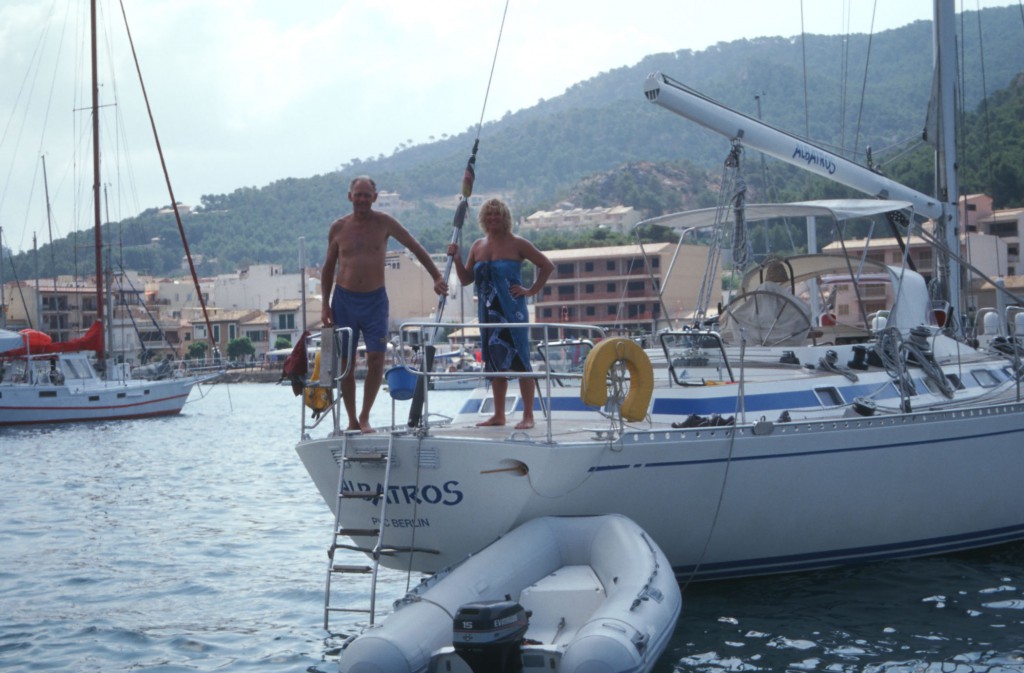 Trends in our industry are set by the yachting press and reinforced by the various magazine-backed award schemes (Yacht of the Year and so on), with little influence from books or the experiences of veteran bluewater adventurers. And there is little opportunity for authors to share their expertise with readers – or for readers to put questions to their authors – face-to-face for the simple reason that there is no money to be made by it. The nautical heroes of our age are everywhere in book form, but almost invisible in day-to-day analysis and reporting. The implications of this imbalance are hard to miss: one glance at the makeup of the typical ARC fleet speaks volumes.
Trends in our industry are set by the yachting press and reinforced by the various magazine-backed award schemes (Yacht of the Year and so on), with little influence from books or the experiences of veteran bluewater adventurers. And there is little opportunity for authors to share their expertise with readers – or for readers to put questions to their authors – face-to-face for the simple reason that there is no money to be made by it. The nautical heroes of our age are everywhere in book form, but almost invisible in day-to-day analysis and reporting. The implications of this imbalance are hard to miss: one glance at the makeup of the typical ARC fleet speaks volumes.
A review of 2,500 sailors’ blogs though reveals another world entirely, making it perfectly clear where the priorities of the bluewater community really lie and which types of craft its members eventually come to favour for hard-core bluewater use. The developments exposed, which differ distinctly from region to region, point to some interesting conclusions. The difference in the way that trends are shaped in North America and Germany, for example, could hardly be more stark. Across the pond the specialist press and the major show organisers, all of which are privately owned in the USA, amplify and disseminate the wisdom of the region’s yachting writers through hundreds of seminars, in the process ensuring that their knowledge and experience spreads in a way inconceivable under the European system. Almost all bluewater authors in the USA and Canada work as free-lancers for the region’s sailing magazines and self-publish their books, selling them direct and apparently making a good living along the way. The result is that sailors have ready access to an enormous range of expert knowledge – current, authentic and unfiltered expertise straight from the cockpit, galley and chart table.
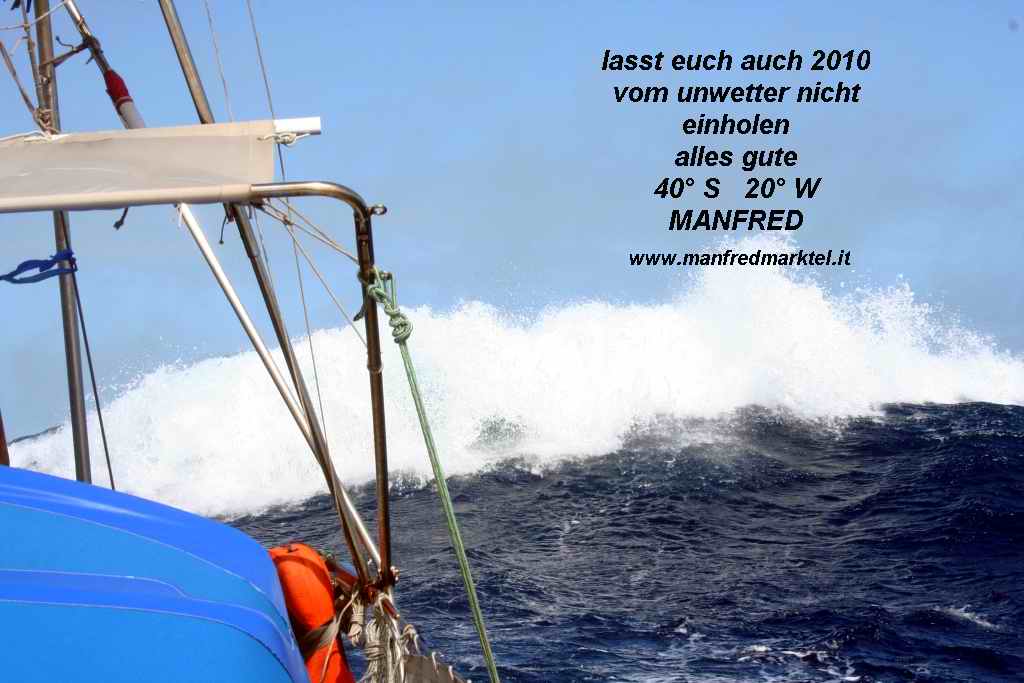 Almost all of the leading authors in the USA are highly experienced sailors whose wisdom stems directly from their years at sea. The number of German authors with this wealth of first-hand experience is relatively small: it is astounding how many of our authors have produced one book based on just a single voyage. Is it then perhaps simply nautical miles sailed that leads so many experienced North American sailors to espouse a very particular view of the ideal bluewater yacht? Is this what underlies their evident love of solid, traditional vessels? The answer is most revealing. Like their counterparts everywhere else, sailing magazines in the USA depend on advertisements placed by the major boat builders for their living. The difference in the USA is that opinions and trends in the bluewater sailing arena appear to be driven not by the magazines, but rather by experienced sailors and authors who have their own definitive and independent ideas about the essential requirements for the perfect bluewater home. It is thanks to these venerable yachtsmen and –women, it would seem, that sailors in the USA continue to keep the faith in traditional-style vessels of the type that have proven their seakeeping abilities repeatedly over time.
Almost all of the leading authors in the USA are highly experienced sailors whose wisdom stems directly from their years at sea. The number of German authors with this wealth of first-hand experience is relatively small: it is astounding how many of our authors have produced one book based on just a single voyage. Is it then perhaps simply nautical miles sailed that leads so many experienced North American sailors to espouse a very particular view of the ideal bluewater yacht? Is this what underlies their evident love of solid, traditional vessels? The answer is most revealing. Like their counterparts everywhere else, sailing magazines in the USA depend on advertisements placed by the major boat builders for their living. The difference in the USA is that opinions and trends in the bluewater sailing arena appear to be driven not by the magazines, but rather by experienced sailors and authors who have their own definitive and independent ideas about the essential requirements for the perfect bluewater home. It is thanks to these venerable yachtsmen and –women, it would seem, that sailors in the USA continue to keep the faith in traditional-style vessels of the type that have proven their seakeeping abilities repeatedly over time.
A quick survey of the models that enjoy lasting popularity in the USA appears to confirm this, although a few are no longer being built due to the problems of doing so cost-effectively. Irrespective of whether new boats are still being built, these designs are still on the water in large numbers and continue to be prized and eagerly snapped up by bluewater sailors (interestingly, in the USA the emergence of modern designs with their optimistically unprotected main rudder configurations triggered a lively debate about safety that led – and this all took place a good few years ago – to participants in offshore events, even relatively mellow cruising rallies like the Baja Ha-Ha, being required to carry an emergency rudder).
It remains my view that the popularity of robust long keelers in the USA stems not from some quirk of nature or strange national characteristic, but rather from the vast experience of countless bluewater sailors of all descriptions who have written down and – successfully – communicated their accumulated wisdom to the ordinary sailing public. Popular magazines such as LATITUDE 38 and LATITUDES & ATTITUDES also play a central role in helping to pass on this knowledge to cruising yachties, while the SEVEN SEAS CRUISING ASSOCIATION and, not least, its very lively SSCA FORUM, gives access to a huge range of reliable sources and experienced writers capable of providing advice on just about any topic of interest. The information to be found on the German TRANS-OCEAN bluewater sailing forum is rudimentary in comparison.
The picture in Europe – and in Germany in particular – is quite different. Here, opinion is shaped by yachting magazines whose publishers prefer certain authors and take them under their wing. Advertisers, moreover, demand reports or product tests to promote the products they are advertising. It can sometimes be hard to tell where the journalism ends and the advertising begins: many an advertorial has created the impression – falsely, as the case may be – that certain types of yacht have all but disappeared from the seas simply because they are no longer being manufactured or are time-consuming and costly to manufacture. A visit to most boat shows tends to create much the same impression, as they feature modern styles to the virtual exclusion of anything more traditional. Niche boat builders do not have much of a presence at the shows: their customers know where to find them and, in any case, they build only a few boats a year. Aficionados of the traditional long keeler can find themselves painted the dinosaurs of the sailing scene, the clear implication being that things have moved on – that is to say “improved” – immeasurably since their day.
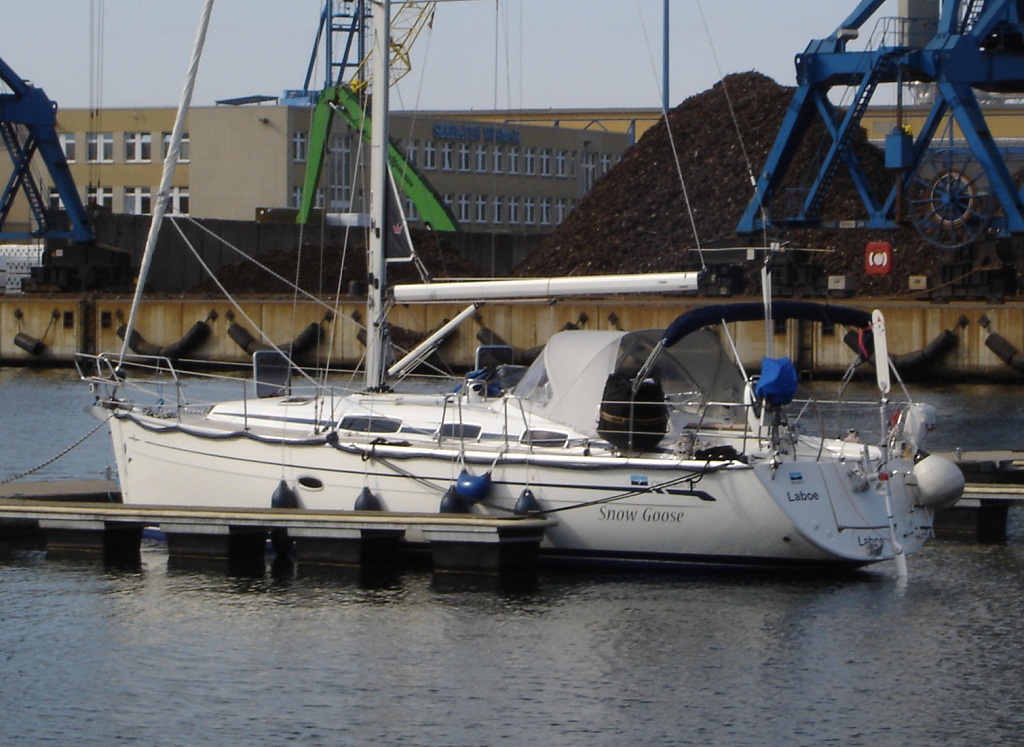 The “performance cruiser” concept has effectively become the standard for entire ranges, conveniently overlooking the fact that crews caught below deck in heavy weather in many such boats end up ruing the day they ever heard those two words (I am reminded of the story of a couple from Northern Germany who couldn’t wait to get to the Caribbean with their new performance cruiser and, having crossed the Atlantic and made landfall among the rum and palm trees, couldn’t wait to trade it in for an old long keeler with which to continue their circumnavigation).
The “performance cruiser” concept has effectively become the standard for entire ranges, conveniently overlooking the fact that crews caught below deck in heavy weather in many such boats end up ruing the day they ever heard those two words (I am reminded of the story of a couple from Northern Germany who couldn’t wait to get to the Caribbean with their new performance cruiser and, having crossed the Atlantic and made landfall among the rum and palm trees, couldn’t wait to trade it in for an old long keeler with which to continue their circumnavigation).
The publishers decide on titles and print runs and if a book sells too slowly, they slash the price and/or pulp the remaining copies, all of which makes the publishing business something of a gamble for authors, who can never be sure of earning enough per copy to justify the time and effort involved in writing a book. We have an old saying in Germany that it’s easy to spot a successful publisher: he’s the one slurping champagne out of the skulls of his authors. Macabre it may be, but I suggest it remains as true today as it ever was! The cost of printing a book has plummeted over recent years, but authors have seen little of the benefit: a royalty amounting to 8 to 12% (but usually towards the lower end of the range) of the selling price will not keep the wolf from the door of a nautical author’s family in Germany.
A special-interest book about bluewater sailing will never shift that many copies in the German-speaking countries simply because the potential readership is so small: the TRANS-OCEAN club, for example has around 4,800 members across Germany, Switzerland and Austria. Inevitably this means that in the long-distance sailing field, publishers prefer less technical books that can be promoted more effectively – that is to say to a wider audience – as travel literature.
Different rules apply in the case of self-published books. Printing costs are similarly low, but margins are much better, enabling authors to play the long game and accept steady sales (and income) over a prolonged period rather than all-or-nothing up front. The number of outstanding authors capable of making a living from their books about sailing in German could probably be counted on one hand – and all of them stand at the mercy of their publisher. This must have an effect.
The bottleneck resulting from the small number of publishers active in Germany makes it hard for anything more than a handful of authors to compete effectively in a market with such a small target audience. Conditions for authors in the USA are far more favourable. Potential sales are obviously much higher in the English-speaking countries, but nevertheless there are in the USA a large number of bluewater sailors who do – or could – live well on what their books and videos bring in.
Authors following the self-publishing route are also spared to need to cut out technical information in the interests of readability. Unfortunately for them, in Germany they face stiff competition from authors backed by publishing houses that enjoy their own in-house marketing platform in the form of a magazine. It can be a tough hand to play, but one authors can make a go of by exploiting new channels such as websites and blogs (specialist magazine circulations have been stagnating for years). Discerning readers are inexorably turning away from the specialist magazines in favour of the information freely available on the internet (for all its vices, the web also has its uses). The latest to recognise that self-publishing is a better option even for internationally renowned writers is Jimmy Cornell, who has now begun to market his books directly after working with many different publishers around the world.
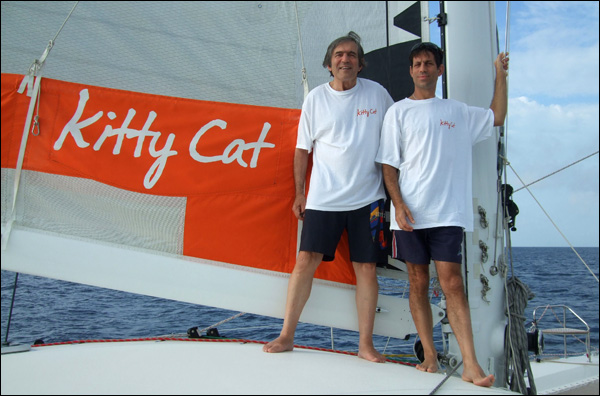 Self-steering under Sail, a book released in 1998, provides a good illustration of the contrast between traditional and electronic publishing: first published in an edition of around 12,000 copies, it has been downloaded as an e-book – in a choice of six languages – almost 900,000 times since the paper copies were sold off (the remaining hard copies of the German edition, Selbststeuern unter Segeln, were removed from shelves and sold off at clearance prices just a few years after publication).
Self-steering under Sail, a book released in 1998, provides a good illustration of the contrast between traditional and electronic publishing: first published in an edition of around 12,000 copies, it has been downloaded as an e-book – in a choice of six languages – almost 900,000 times since the paper copies were sold off (the remaining hard copies of the German edition, Selbststeuern unter Segeln, were removed from shelves and sold off at clearance prices just a few years after publication).
Our WINDPILOT PORTAL groups seafaring authors under a dedicated Writers link precisely in order to help sailors with an interest in bluewater sailing find their way to internationally respected authors on the subject. Compiling these links and reviewing the associated resources has led me to the conclusion that the differences in boat preferences between sailors from different regions can probably be explained by differences in the local yachting press and the books published in the countries concerned.
I find it compelling that the country responsible for inventing most of our new technologies still considers traditional yachts to be the best option for bluewater sailing. As we have seen, this judgment stems not from any sense of nostalgia, but rather from the hard-won experience of sailors who have learned in the course of their own extensive voyaging what types of boat make for a pleasant and comfortable life above and below deck. Their conclusions, I might add, are very much in harmony with my own personal belief that traditional yachts remain as relevant as ever.
Having now begun to mine this surprisingly rich vein, I will return soon with details of other striking ways in which sailors’ preferences vary from country to country, promises
Peter Foerthmann

































Sehr interessanter Artikel!
Ein weiterer Punkt für die Unterschiede Deutschland – USA könnte hier liegen: Ich empfinde Subjektiv “den Deutschen” als Anhänger und Gläubiger von Fachmagazinen – wobei es egal ist, ob es sich hierbei um den Segelsport, das Skifahren oder Automobile handelt. Bevor etwas neues gekauft wird, wird in den Fachmagazinen geblättert, vielleicht erforscht, ob es denn “Tests” zu dem Produkt gegeben hat oder gibt. Das Vertrauen der Deutschen in Fachmagazine ist grenzenlos, direkt vertriebene Bücher sind bislang bei uns eher nur eine Minderheit! Das geht u.U. sogar soweit, dass gefragt wird ” ob denn diese Autoren vielleicht kein Verlag hat haben wollen!”.
Ich denke, hier krankt es eventuell auch schon. Ist aber nur eine subjektive Empfindung und vielleicht auch nur in meinen Freundeskreis verbreitet…
Danke für Ihre Stellungnahme!
Vielleicht könnte man überspitzt bemerken, dass viele TESTS den Wortsinn eines Tests kaum mit Leben füllen, hingegen eher Fahrberichte und / oder beschreibenden Charakter haben. Die schlichte Tatsache, dass fortan Berichte über Yachten stets als TEST benannt werden, vermag darüber hinwegtäuschen, warum sie wirklich geschrieben wurden: als eine Referenz an Hersteller, die zu Marketing Zwecken Inserate bei dem gleichen Fachmagazin in Auftrag geben, das diese Berichte verfasst und verkauft.
In den USA wird sehr viel offener mit dem Wort ADVERTORIAL writing umgegangen, dort sínd Presse Berichte zu lesen, die von den Herstellern direkt verfasst werden. Für die Veröffentlichung wird mit Anzeigen Aufträgen bezahlt.
Peter Foerthmann
Ja, Peter, da haben Sie recht, das Wort “Test” ist bei uns sehr weit gefasst und täuscht tatsächlich bewusst. Bin schon gespannt auf weitere Texte von Ihnen.